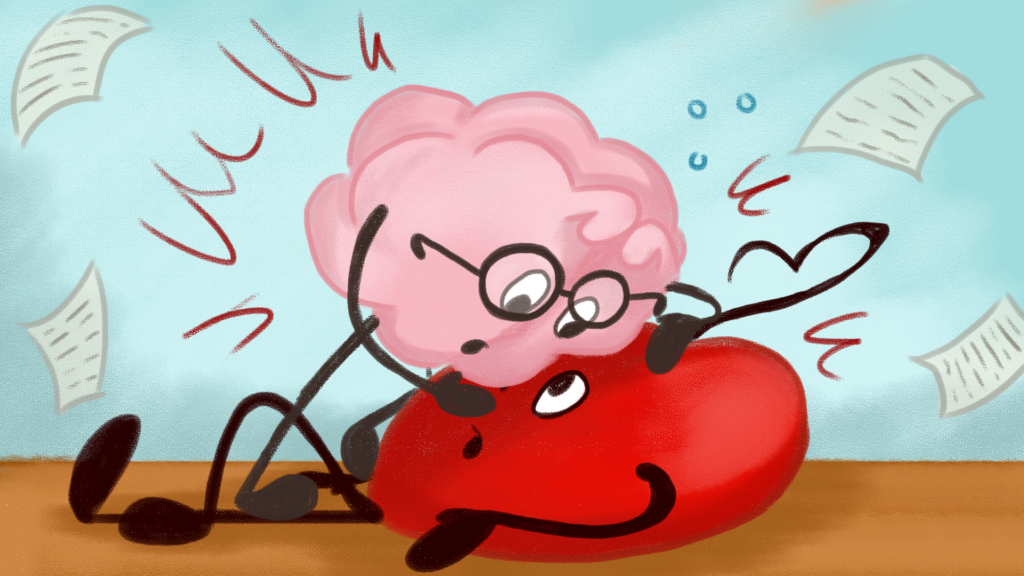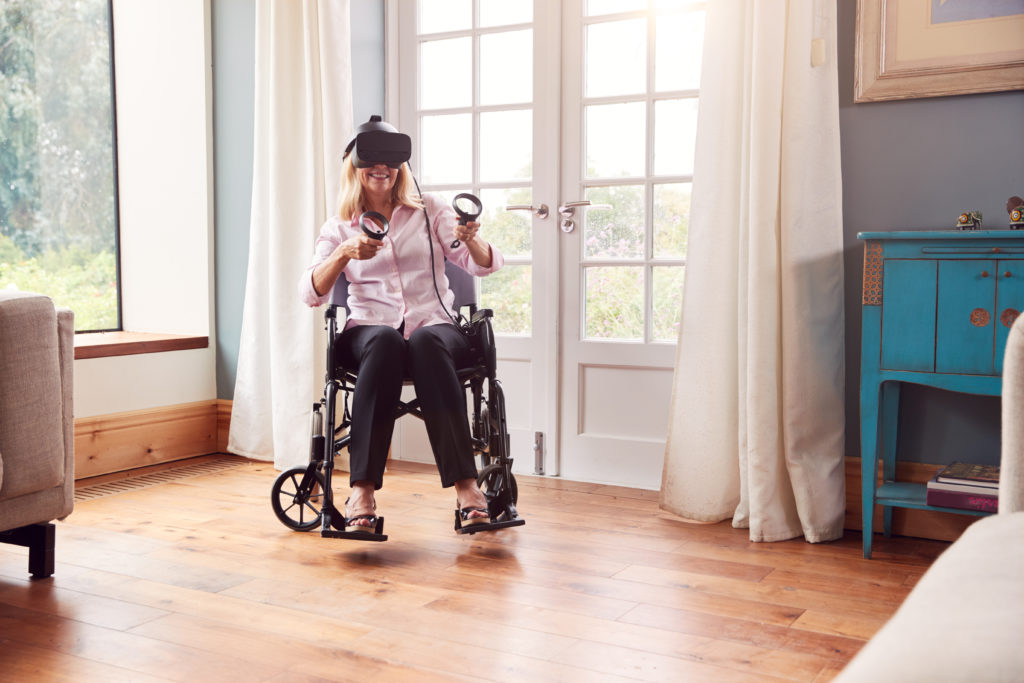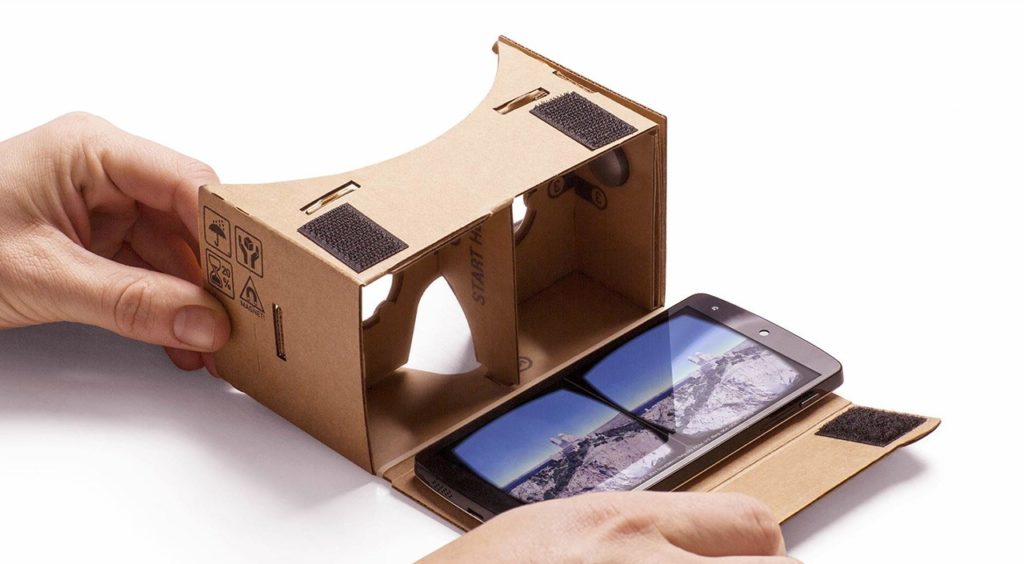Virtual Reality has the potential to enhance the lives of individuals in recovery, take house-bound patients on adventures they cannot physically experience, enable people with disabilities to perform activities that would otherwise be unsafe and help people with certain impairments learn new skills.
Numerous scientific investigations around the world are waking people up to the true reality of VR’s impact on the brain. Virtual reality is essentially a 3D representation of the world and tricks the brain into believing the users is actually having the experience.
Being immersed in real-life situations means patients are able to learn how to respond to all kinds of situations. Subsequently, VR can be used as a tool for disabled people to experience the world in a way that is not ordinarily possible for them. With VR, people with mental and physical impairments can live an ordinary life by experiencing activities that are otherwise inaccessible to them such as running, skiing, climbing mountains or travelling to a foreign country. Because Virtual Reality systems create environments that mimic real life, there is an unlimited number of ways VR can help disabled people transform their lives by enabling people to develop new skills and functions.
In Australia, for example, researchers are developing VR programs that help people dealing with incapacity to learn new skills they can use to help them find employment. Because skills learned in a VR system are transferable in the real world, researchers say it’s only a matter of time before VR is the standard tool used to upskill individuals in education and corporate training environments.
VR for Stroke Survivors
Swiss company, MindMaze, has developed a 3D simulator that draws on investigations in the fields of neuroscience and psychology. It is hoped the technology will help stroke survivors recover the use of impaired limbs. The VR hardware is designed to promote brain plasticity and develop neural pathways that remembers how to perform bodily functions again. The patient sees a 3D image of their hand moving which triggers areas in the brain to regain control of the hand.
VR Helps Paraplegics Walk Again
Research has shown that simply imagining you are performing a certain activity is enough to stimulate relevant parts of the brain. Institutions have subsequently started using virtual reality to help people recover their muscle memory. One of the most groundbreaking uses of VR technology is evidenced by the Duke’s University Walk Again Project. Patients use VR-based brain-machine interfaces which allows them to control their legs, regain mobility and develop strength and independence.
A haptic display enables paraplegics to visualise when their legs extend and touch the ground. This sensation triggers the brains’ electroencephalography (EEG) signals which are rerouted to operate robotic legs. The system has been so successful that some patients have even been able to move their own legs by themselves.
VR Helps Paraplegics Walk Again
Research has shown that simply imagining you are performing a certain activity is enough to stimulate relevant parts of the brain. Institutions have subsequently started using virtual reality to help people recover their muscle memory.
One of the most groundbreaking uses of VR technology is evidenced by the Duke’s University Walk Again Project. Patients use VR-based brain-machine interfaces which allows them to control their legs, regain mobility and develop strength and independence.
A haptic display enables paraplegics to visualise when their legs extend and touch the ground. This sensation triggers the brains’ electroencephalography (EEG) signals which are rerouted to operate robotic legs. The system has been so successful that some patients have even been able to move their own legs by themselves.
VR Teaches Children with Autism
A team of researchers at the University of Haifa in Israel are developing a VR program that features a number of scenarios designed to teach autistic children how to cross a road without placing them in danger or causing undue stress. The project exemplifies how VR can be used to help people suffering from mental disabilities. Systems can create role-play environments that positions users in scenarios they experience in the real world such as practising social skills.
In the case of autistic children, VR systems can also help researchers better understand the cognitive and perceptual differences that characterise the condition.
VR Shows People The Way
Visiting new places can be problematic for disabled people and wheelchair users. Consequently, it can cause anxiety and confusion. One of the easiest ways to help people explore a new city before venturing outside is to create a virtual environment that shows them the route. VR can be used for planning trips and visits to places in their home town they have never been before. Users will be able to discover accessible routes which will give them more confidence ad help to reduce stress levels.
An extension of VR programs that allow disabled people to explore the world also enables them to expand their knowledge and develop new attitudes.
VR Improves Quality of Life
VR technology provides disabled people that are excluded from certain experiences the opportunity to enhance the recovery process and improve their quality of life. With an estimated one billion people around the world unable to live an ordinary life, VR provides a gateway into a world they would not otherwise be able to experience.
Do you want to know more about how VR can provide a successful pathway to transforming patients lives? Drop us an email at info@sbanimation.com, or give us a call on +44 (0)207 148 0526












